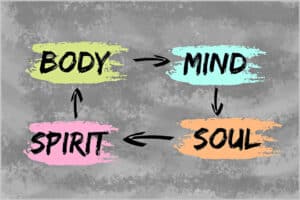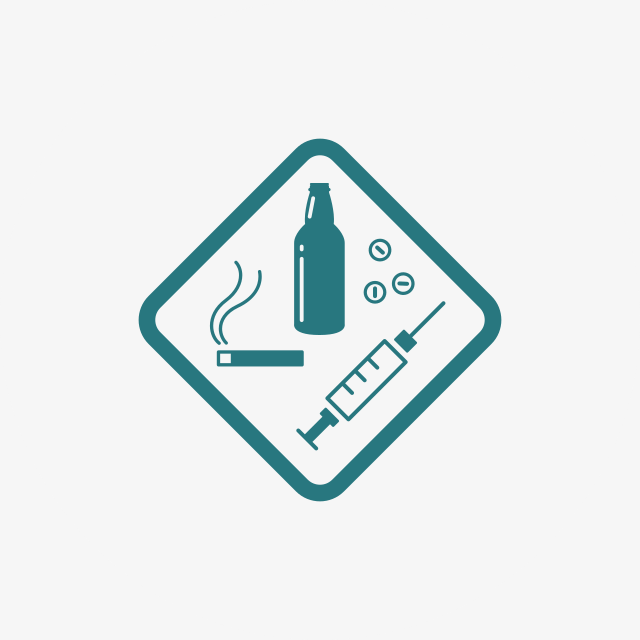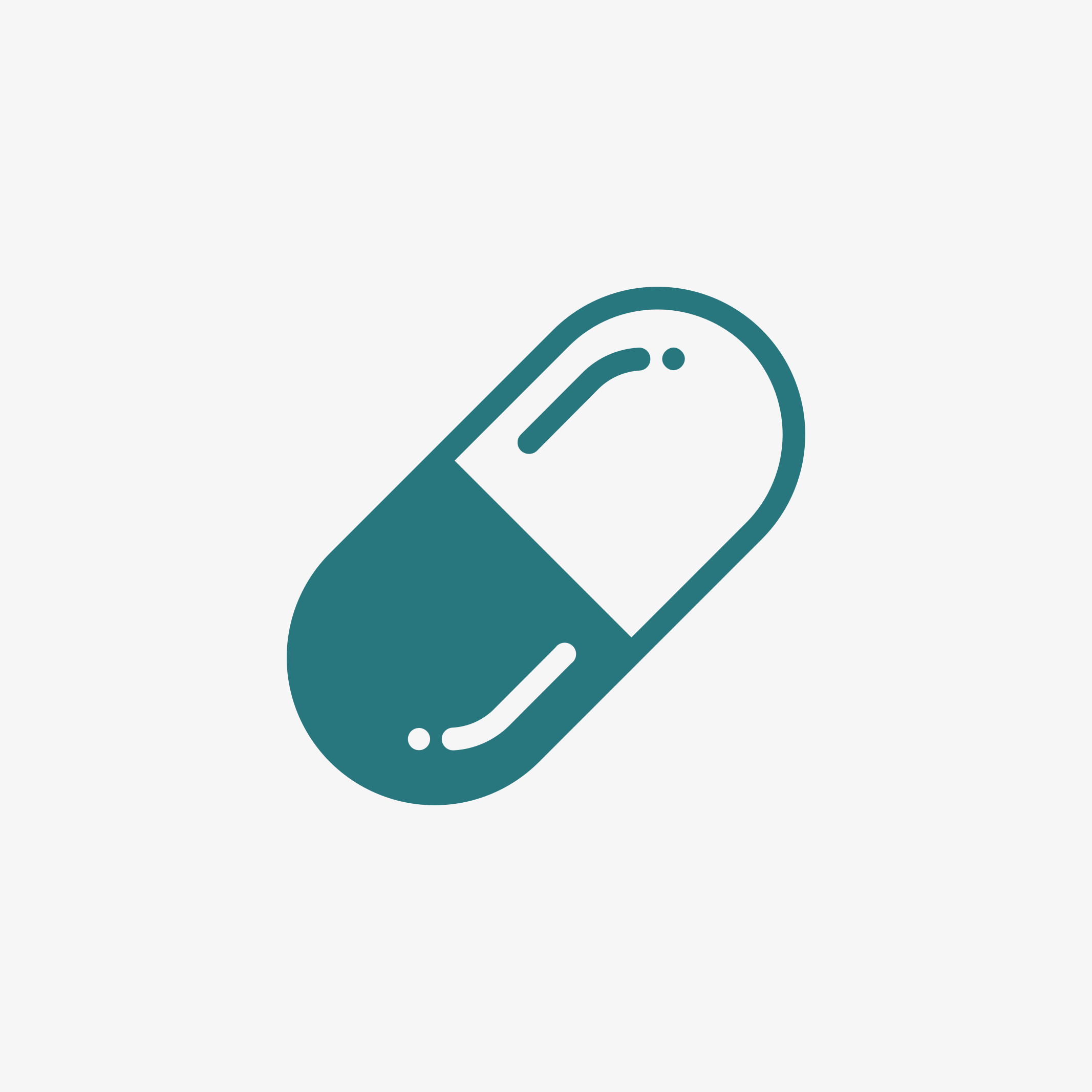Becoming Whole
When a bone is fractured, there are many variables that determine if and how well it heals. Seeking proper treatment…
Read MoreWhy is Yoga a Part of Recovery?
When we begin our recovery, some things are obvious. We obviously need to go through detoxification as we become sober.…
Read MoreMindfulness-Based Relapse Prevention
With the looming threat of relapse being an occurrence amongst those in recovery, a lot of effort goes into finding…
Read MoreCan I Be Whole Again?
Imagine waking up in beautiful, peaceful surroundings. Your mind is clear, your body well-rested. You don’t have a hangover, and…
Read MoreHow Will Mindfulness Help Me?
One of the most powerful ways to impact our recovery is to change our state of mind. Mindfulness is being…
Read MoreThe Healing Powers of Meditation
Are you tired of being a slave to substances? Do you want to remember what it feels like to feel…
Read MoreSelf-Care: Luxury for the Soul
We surround ourselves with luxury in our lives. Homes, cars, boats, and other material things that give us comfort and…
Read MoreHolistic Treatment and Recovery from Addiction
Holistic Treatment Addresses All Aspects of the Recovering Person Many people think that addiction only affects the physical body. This…
Read MoreHolistic Recovery
The holistic approach to recovery addresses the needs of the whole person. In order to successfully treat the whole person,…
Read More- « Previous
- 1
- 2
- 3
- Next »
Now in Network with



















